
Since being introduced by Prime Minister Narendra Modi on 1st June 2015, the Pradhan Mantri Awas Yojana (PMAY) has been the talk of the town. But not many people are aware of what the Pradhan Mantri Awas Yojana is and what its aims are. This blog will clarify all your doubts regarding the Pradhan Mantri Awas Yojna.
What is Pradhan Mantri Awas Yojana?
The Pradhan Mantri Awas Yojana (PMAY) is an initiative by the Central Government that aims to provide affordable housing to all, by the year 2022. Under the Pradhan Mantri Awas Yojana (PMAY), affordable houses will be built or financial help will be provided in selected cities and towns for the construction of houses. The construction will be done using eco-friendly methods and the initiative will benefit the population all over India.
As said, the government will be providing financial help for the construction of houses under the scheme. This will be done through the Credit Linked Subsidy Scheme. The beneficiaries availing Credit Linked Subsidy Scheme under the Pradhan Mantri Awas Yojana for all urban and rural will be eligible for interest subsidy, if they opt to get a loan to purchase or construct a house.
Objectives of the Pradhan Mantri Awas Yojana (PMAY)
The Pradhan Mantri Awas Yojana was launched in the year 2015 to serve the following purposes:
• To make sure that poor sections of both urban and rural India have a house of their own.
• To provide financial aid to those who can’t bear the cost of constructing a residential property.
• To provide houses to the Economically Weaker Sections (EWS) of the society.
• To bring together the Public and Private sectors in an effort to provide affordable housing to the Economically Weaker Sections (EWS).
• To make housing accessible to specific demographics, such as economically challenged women belonging to minorities like Scheduled Castes and Scheduled Tribes.
Features of Pradhan Mantri Awas Yojana
The Pradhan Mantri Awas Yojana for all urban and rural has the following features:
• Under the scheme, subsidised interest rate is provided, at 6.5 per cent on housing loans for 15 years for all beneficiaries.
• Preference will be given to differently abled and senior citizens in the allocation of houses on the ground floors.
• For the construction of houses, sustainable and eco-friendly technologies would be used.
What are the eligibility criteria for Pradhan Mantri Awas Yojana?
In order to get a house or financial aid under the Pradhan Mantri Awas Yojana all for urban and rural, every applicant needs to meet the eligibility criteria set under the scheme. The beneficiaries are dived into six groups, which are:
• Economically Weaker Section (EWS)
The Economically Weaker Section compromises of those who have an annual household income of less than Rs. 3 Lakh. To avail scheme benefits under EWS, the applicant will need to provide relevant proof to the authorities.
• Low Income Group (LIG)
Those who fall under the Low Income Group should have an annual household income between Rs. 3 Lakh to Rs. 6 Lakh. Just like with EWS category applicants, an LIG category applicant will need to provide proof of their income.
• Medium Income Group (MIG1)
The Medium Income Group comprises of those who have a household income below Rs. 12 Lakh. They fall under the category, MIG 1. People under this category can avail a loan Rs. 9 Lakh.
• Medium Income Group (MIG2)
Individuals with annual household earnings between Rs. 12 Lakh to Rs. 18 Lakh fall under the MIG 2 category of the Pradhan Mantri Awas Yojana. Applicants under this category can avail a loan of up to Rs. 12 Lakh.
• Minorities
People from minority communities fall under this category. To avail the benefits provided under Pradhan Mantri Awas Yojana, applicants will need to provide relevant caste and income certificates.
• Women
Women must belong to the EWS or LIG category to be considered under the Pradhan Mantri Awas Yojana for all urban and rural.
Besides this, there are a few basic requirements that an applicant has to meet. For example, the applicant’s immediate family must comprise of no more than a husband, wife, and unmarried children. Also, no person from the immediate family should already own a house in their name.
Availing the Credit Linked Subsidy under Pradhan Mantri Awas Yojana
After the most common query, “What is Pradhan Mantri Awas Yojana?, the next most commonly asked question is how to avail the Credit Linked Subsidy under Pradhan Mantri Awas Yojana. Here is how you can avail the Credit Subsidy:
• Check if you are eligible for the Credit Linked Subsidy. For this, you may need to visit your bank or NBFC.
• Fill in the Home Loan Credit Linked Application form and submit it with the required keywords.
• After verification, the housing loan amount will be credited to your bank account.
• After crediting the loan, your lender will contact nodal agencies and will start the process of claiming interest subsidy.
• The interest subsidy will be credited to your account and the loan amount will be adjusted against your EMIs.
Some other key information that you need to know about Credit Linked Subsidy under Pradhan Mantri Awas Yojana:
• The credit linked subsidy scheme under the Pradhan Mantri Awas Yojana focuses on the Middle Income Group, Economically Weaker Sections, and Lower Income Group.
• The scheme is being offered from 1 January 2017 onwards.
• There are 70 lending institutions under the Pradhan Mantri Awas Yojana, this includes 45 housing finances companies and 15 scheduled banks.
• To avail a housing loan under the Credit Linked Subsidy Scheme, the beneficiary should not own a pucca house in his/her name or under the name of any immediate family member, anywhere in India.
There are a number of private players that are offering houses under the Pradhan Mantri Awas Yojana in Delhi and other areas of the country. The Pradhan Mantri Awas Yojana for all urban and rural has greatly benefited the people from economically weaker sections and the government, in the coming years, is going to extend the scheme, so more people can benefit from the same.
Share This Story, Choose Your Platform!
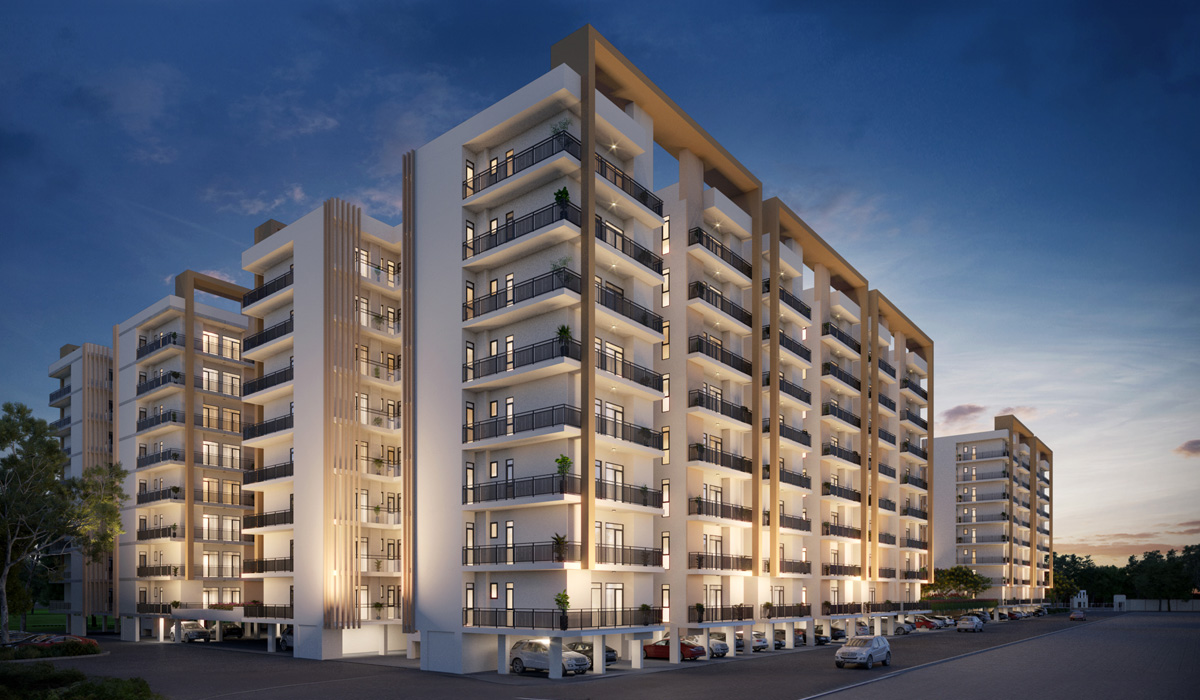
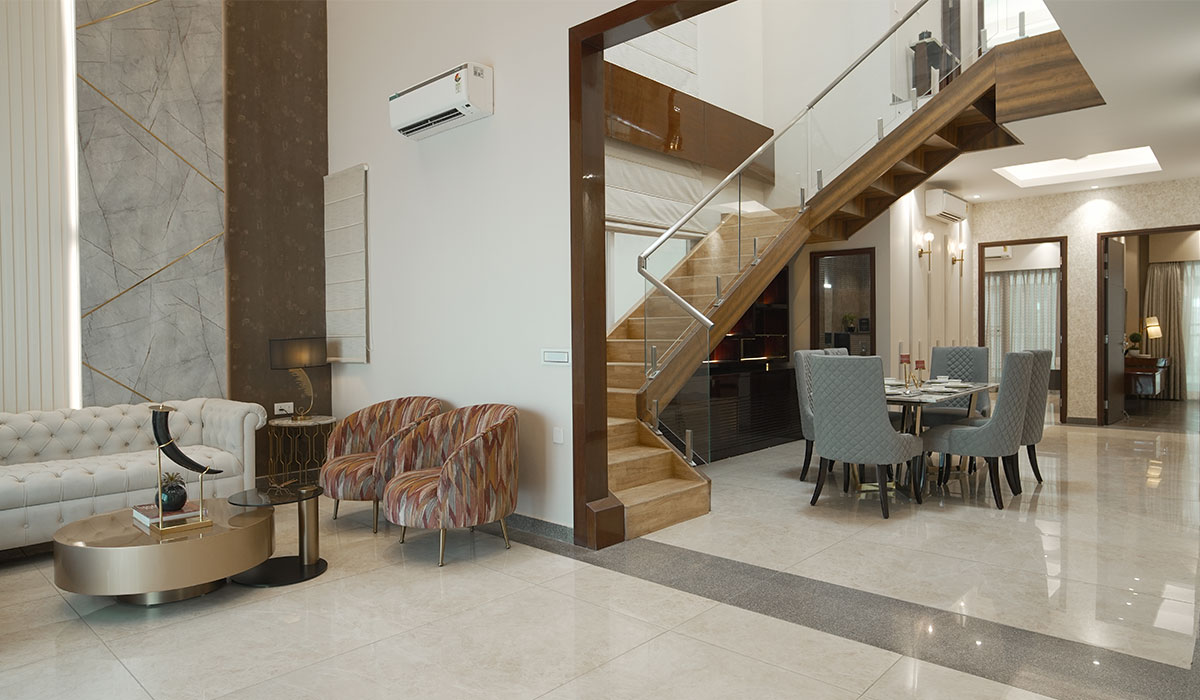
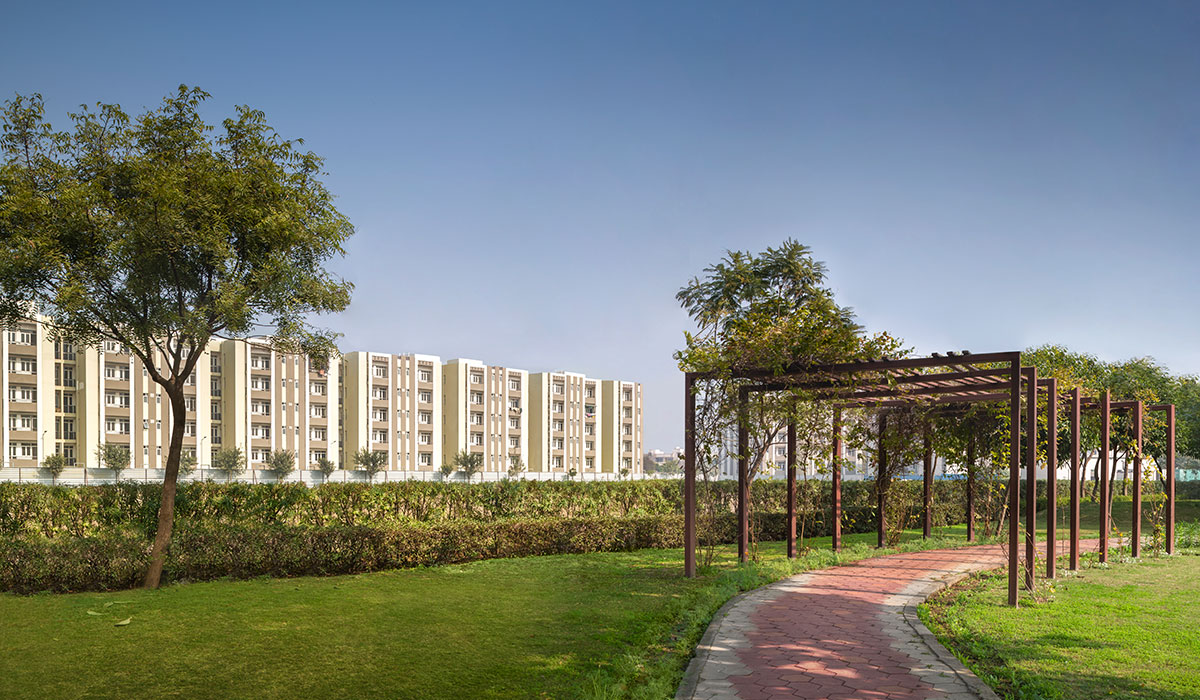
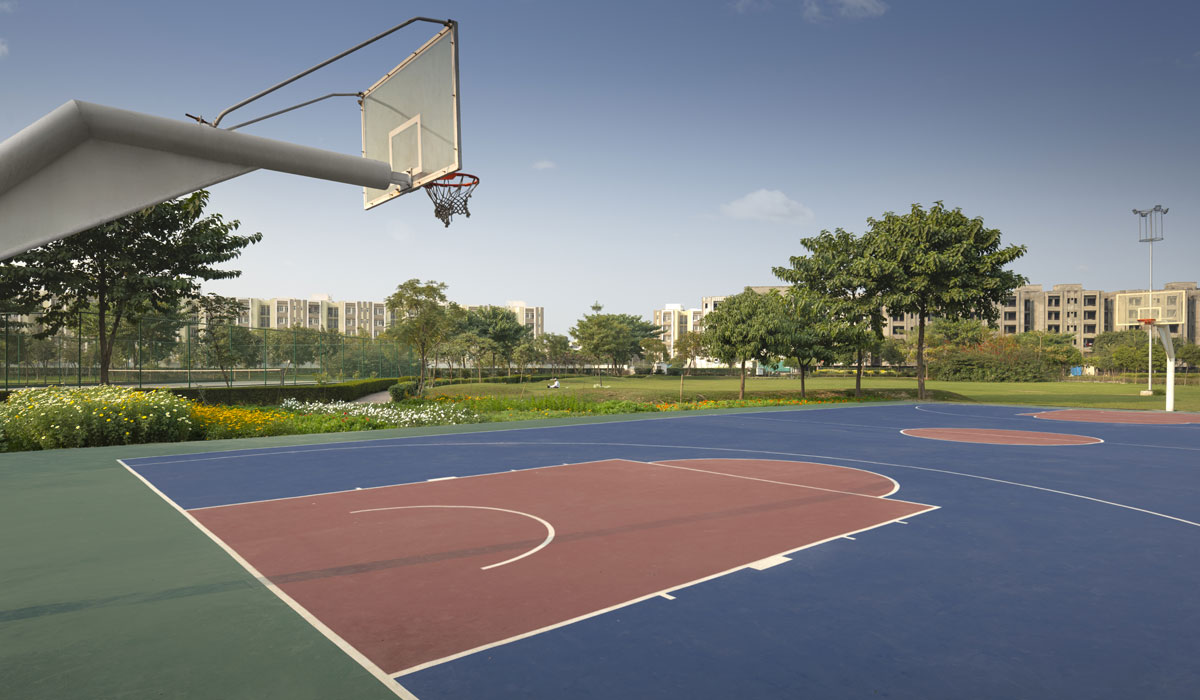
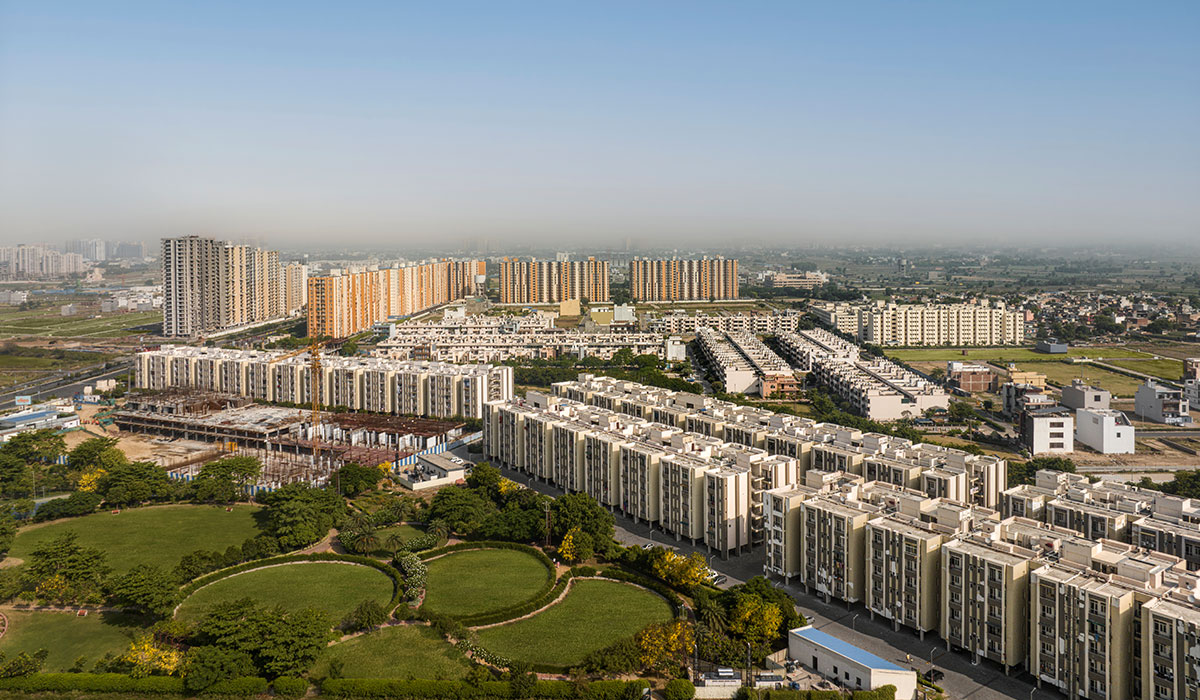

Leave a Reply
Your email address will not be published. Required fields are marked *